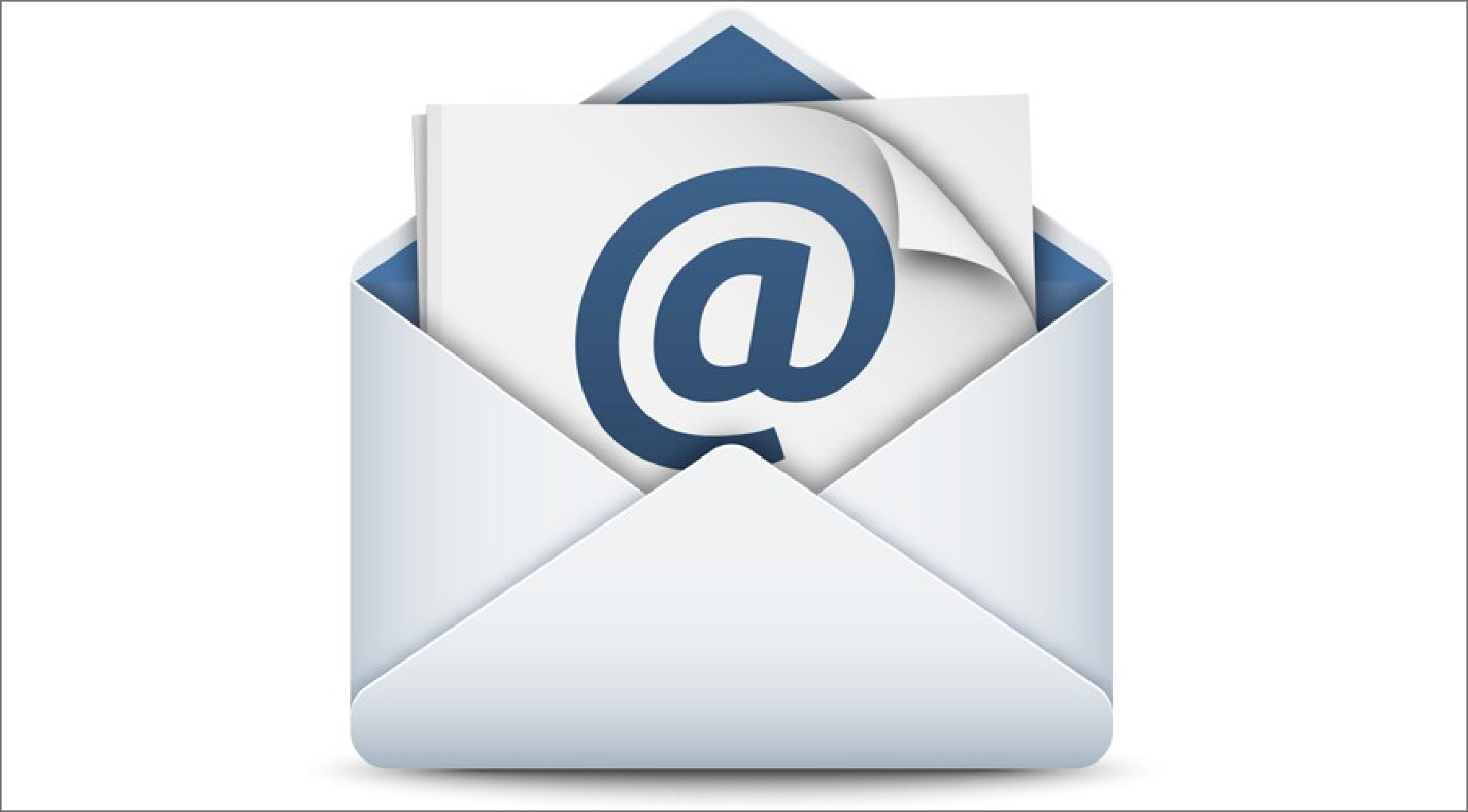Luke Howard: the 'Godfather of Clouds'
-
- from Shaastra :: vol 02 issue 04 :: Jul - Aug 2023

By classifying clouds, Luke Howard brought order to meteorology.
It is that time of the year in the Indian subcontinent when millions of pairs of anxious eyes scan the skies for rain-bearing clouds that herald the progress of the life-sustaining monsoon. It's not just agriculturists whose fates and fortunes are cosmically linked to this distinctive meteorological event: the entire Indian economy rides on the multiplier effects of a 'Goldilocks monsoon' that is characterised by neither too little rain nor too much, but just enough – and at the right time.

Weather scientists across the country ride perilously into clouds (bit.ly/shaastra-cloud), the better to understand atmospheric processes and to improve weather and climate forecasting. This science of cloud-watching, and in a broader sense the very science of meteorology, was born in 1802 and given a formal structure by an amateur cloud-gazer. That year, Luke Howard (pictured), a 30-year-old chemist with a passing interest in what was in those days considered a frivolous and solitary pursuit, gave a talk at the Askesian Society in London, a grouping of scientific thinkers, on a system he had devised for classifying clouds.
With the insights that Luke Howard provided, clouds could be seen as the visible signs of the hidden movements of the atmosphere.
Based on nothing more than his (admittedly inexpert) personal observations, Howard reasoned that there were only three simple cloud types, determined by appearance: fibres, heaps, and sheets. However, since they could morph from one form to another, and occasionally fuse together, it made sense to recognise intermediate and compound types, he argued. Thus, in his estimation, there were seven types of clouds. He then proceeded to detail the Latin binomial nomenclature system (as formalised by the Swedish taxonomist Carl Linnaeus) for clouds, and described in greater detail each cloud type in "normal" weather conditions.
WAXING LYRICAL

Luke Howard's classification of clouds was widely published and translated. One of those who was captivated by it was German poet and scientist Johann Wolfgang von Goethe (pictured). He channelled his appreciation of Howard's classification in a poem, published in 1820. In it, Goethe gushed: "... Howard gives us/His new doctrine's most glorious prize... /He gives precision to the imprecise.../...therefore my winged song thanks/The man who distinguished cloud from cloud."
The seven groupings he named – cirrus, cumulus; stratus; cirro-cumulus; cirro-stratus; cumulo-stratus; cumulo-cirro-stratus, or nimbus – were differentiated by their shapes, the altitude at which they occurred, and the air temperature. Contemporaneous records establish that Howard, a reclusive Quaker, was self-effacing in his speech, repeatedly emphasising his lack of expertise in the subject. However, as environmental writer Richard Hamblyn records in his book The Invention of Clouds: How an Amateur Meteorologist Forged the Language of the Skies, by the time he reached the concluding words of his address, the room erupted in an uproar. "Everyone in the audience had recognized the importance of what they had just heard... Over the course of the past hour they had been introduced not only to new explanations of the formation and life span of clouds, but also to a poetic new terminology..." Recalling the significance of that moment, Hamblyn lyrically writes: "Everyone in the room was struck by the realization of their presence at a moment of clarity, a moment when the world seemed suddenly to have been pulled more sharply, more richly, into focus. It was a moment of unparalleled insight: in naming the clouds..., Luke Howard had presided over a defining event in a new kind of natural history. Modern meteorology... had been given a means to spring into new scientific shape. Howard's insight had opened up the clouds to view so they could now be seen for what they were: the visible signs of the otherwise hidden movements of the atmosphere."
CLOUD ART

PHOTO: WIKICOMMONS
Before Howard's cloud classification, art work represented "the greatest repository of human knowledge of cloud forms", according to a 1989 research paper (bit.ly/art-cloud). Faithful representations of nature, including cloud patterns (as in the painting by John Constable, above), suggest that artists "had identified almost all the various cloud forms and had, de facto, produced a rather complete cloud atlas," the author claims.
As meteorologist D.E. Pedgley noted in the journal Weather in 2003 (bit.ly/howard-cloud), Howard's classification "was a revelation. It brought order to a science that was still emerging and confused..."
For his significant contribution to the infant science of meteorology, Howard was acknowledged as the "Godfather of Clouds" and the "Namer of Clouds". The classification system he devised is still largely in force, even 220 years later, although more recent research has built on it.
Have a
story idea?
Tell us.
Do you have a recent research paper or an idea for a science/technology-themed article that you'd like to tell us about?
GET IN TOUCH














